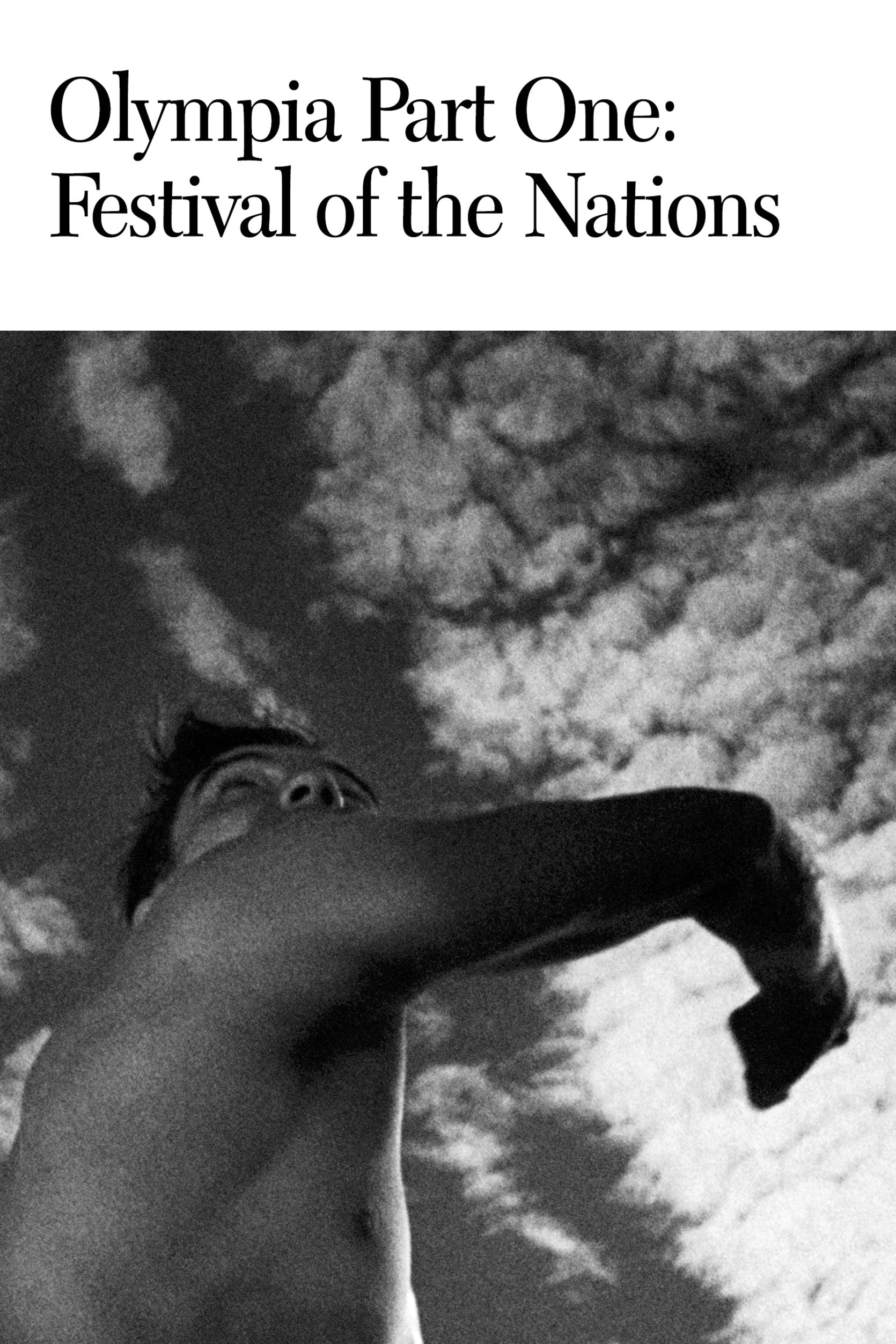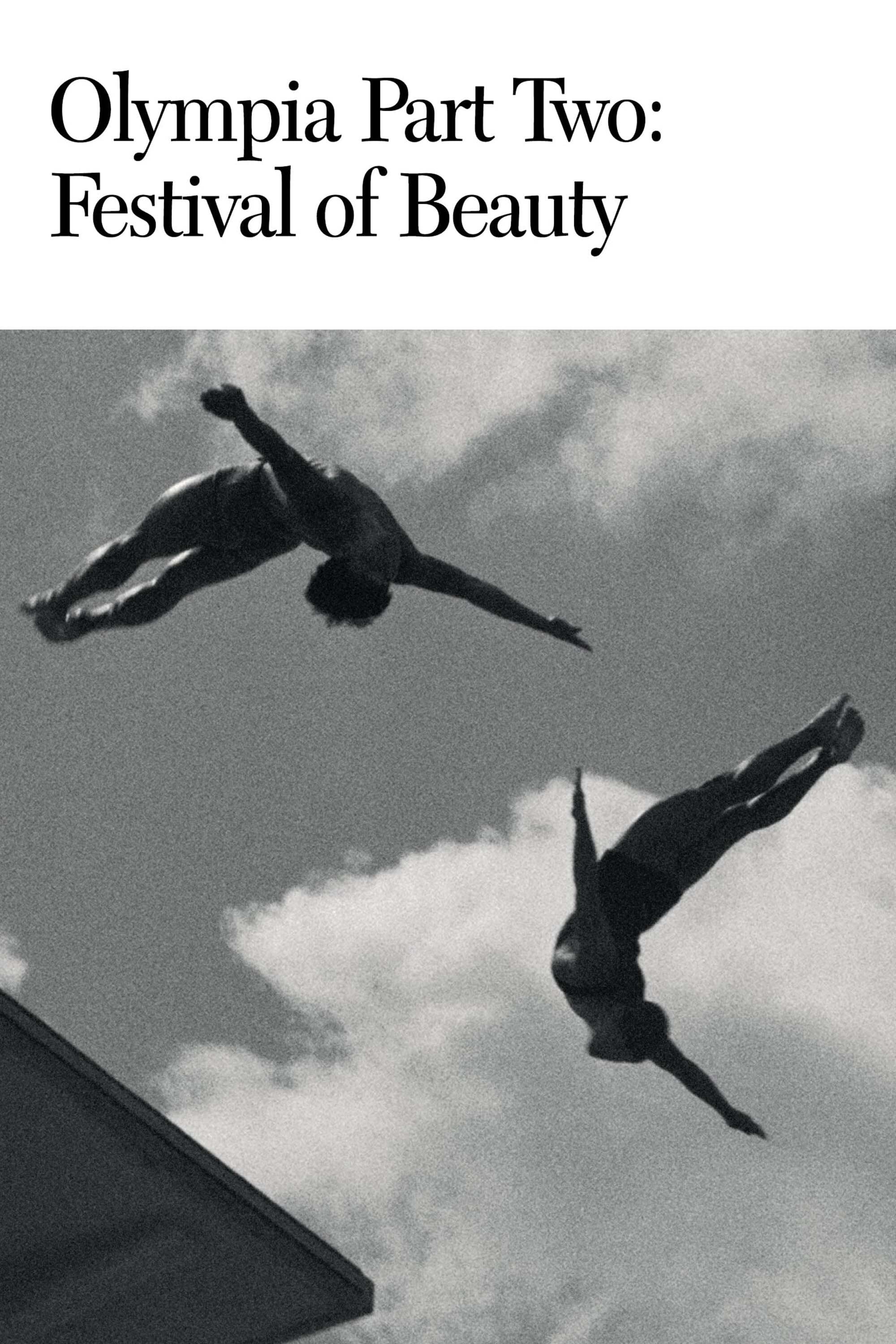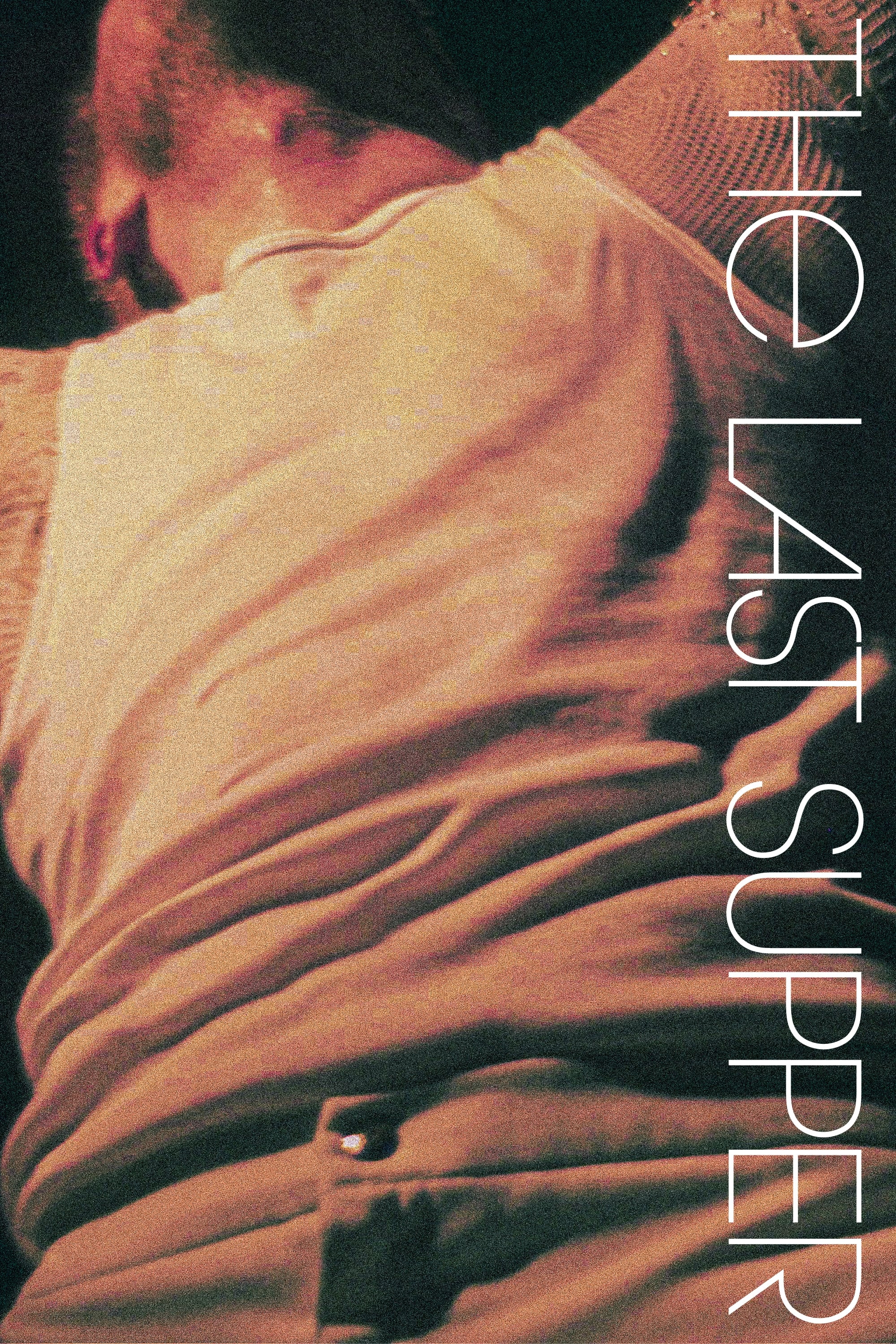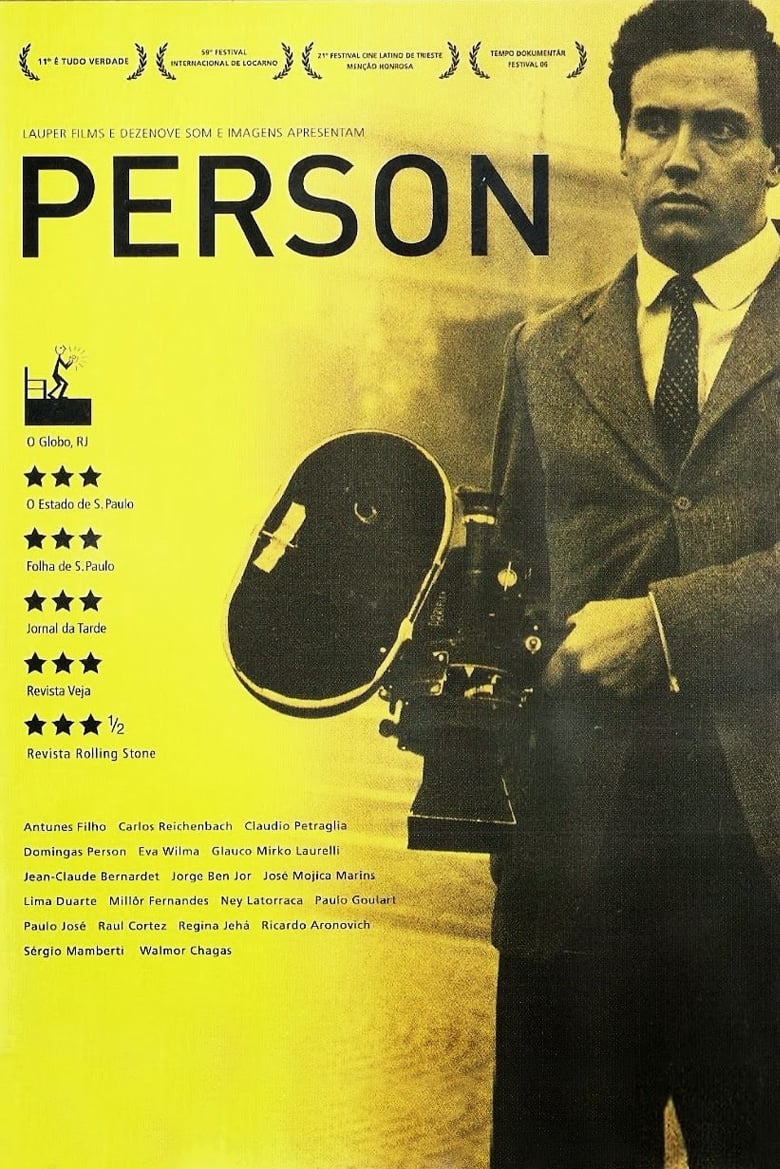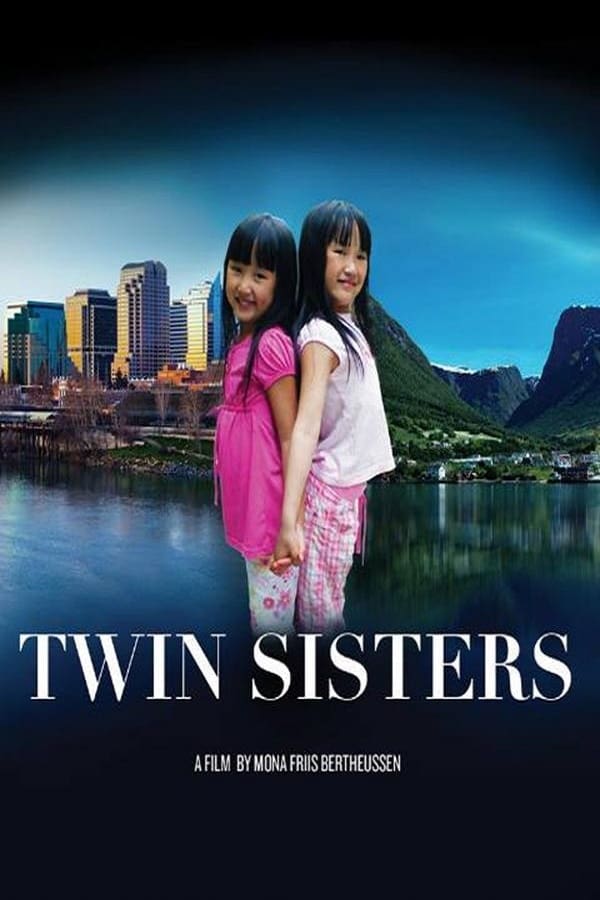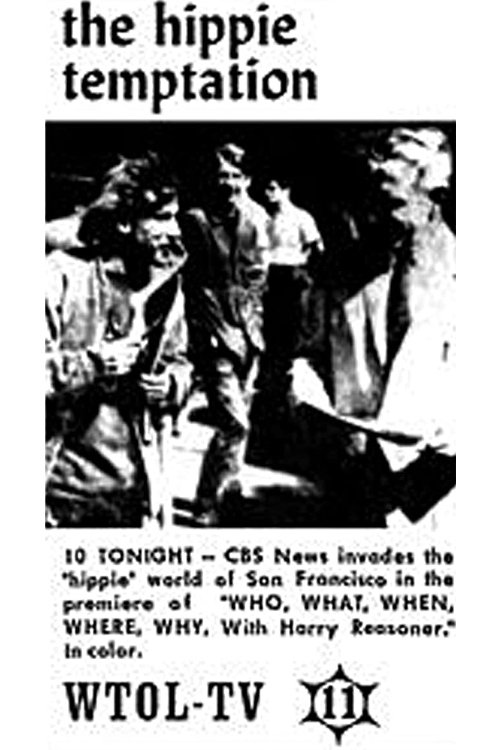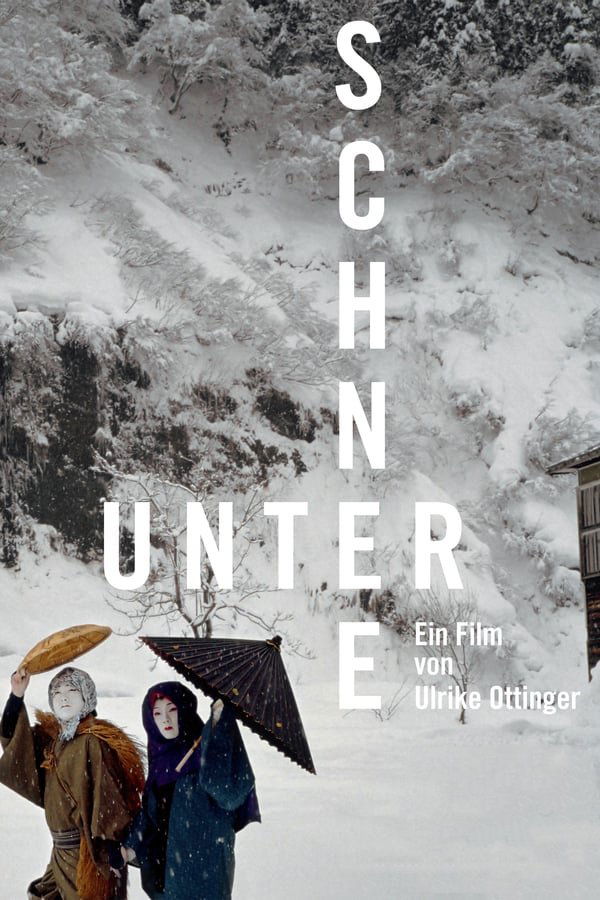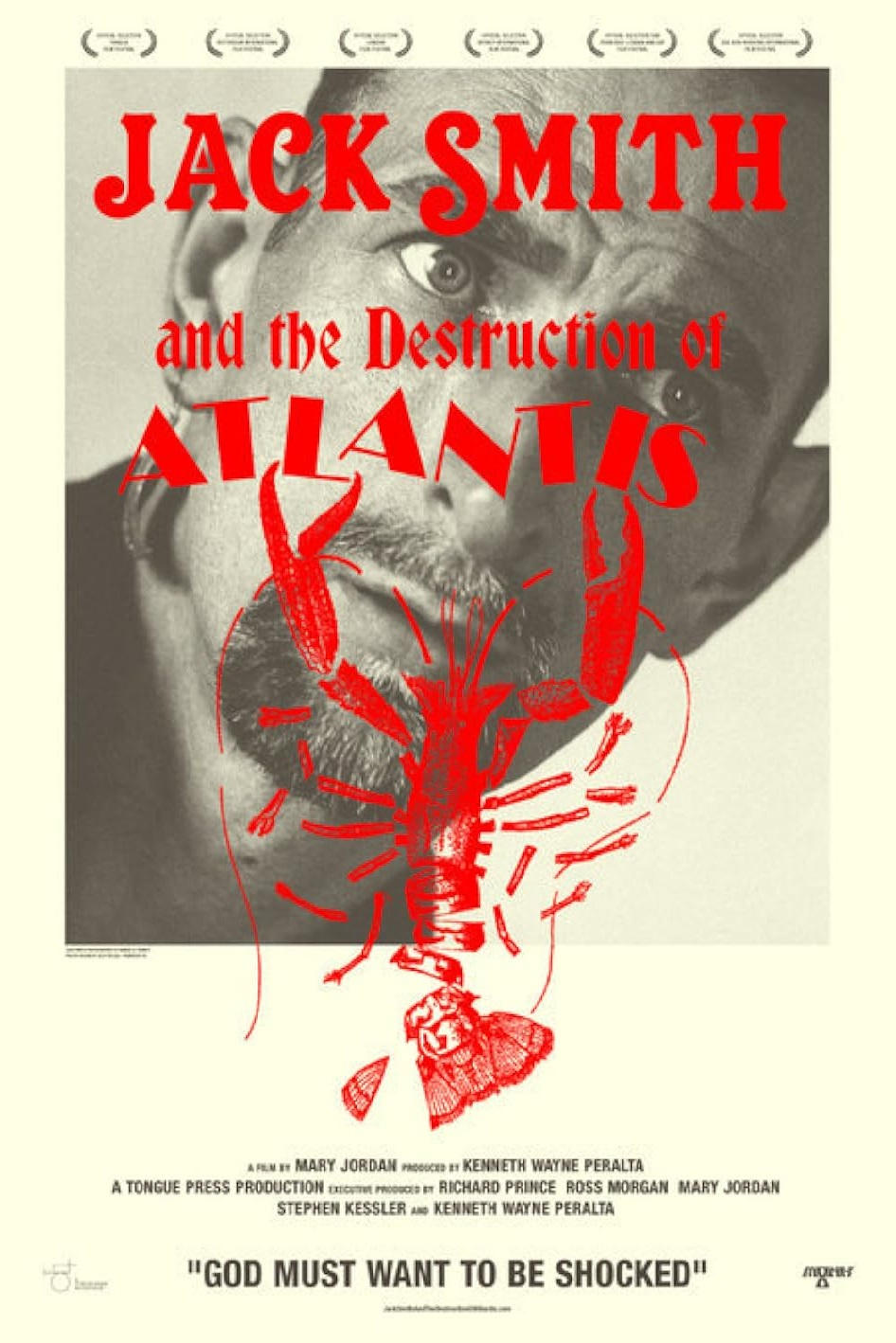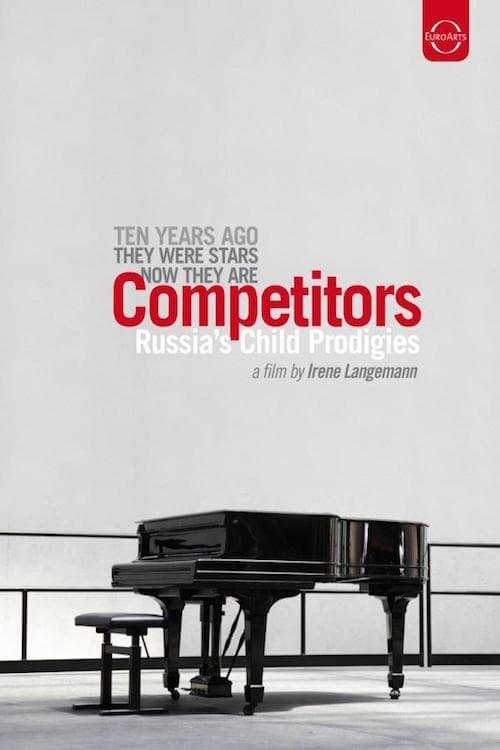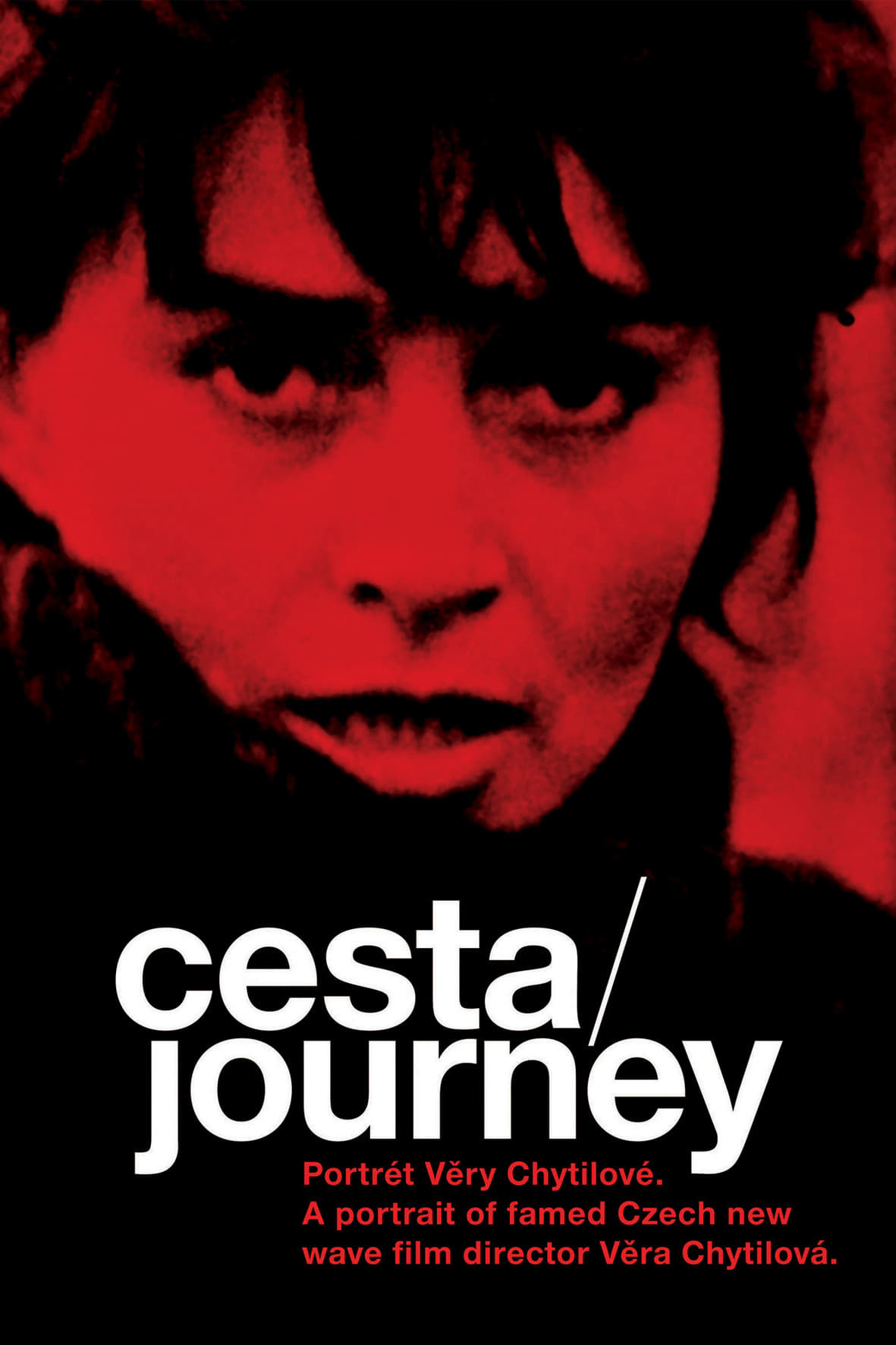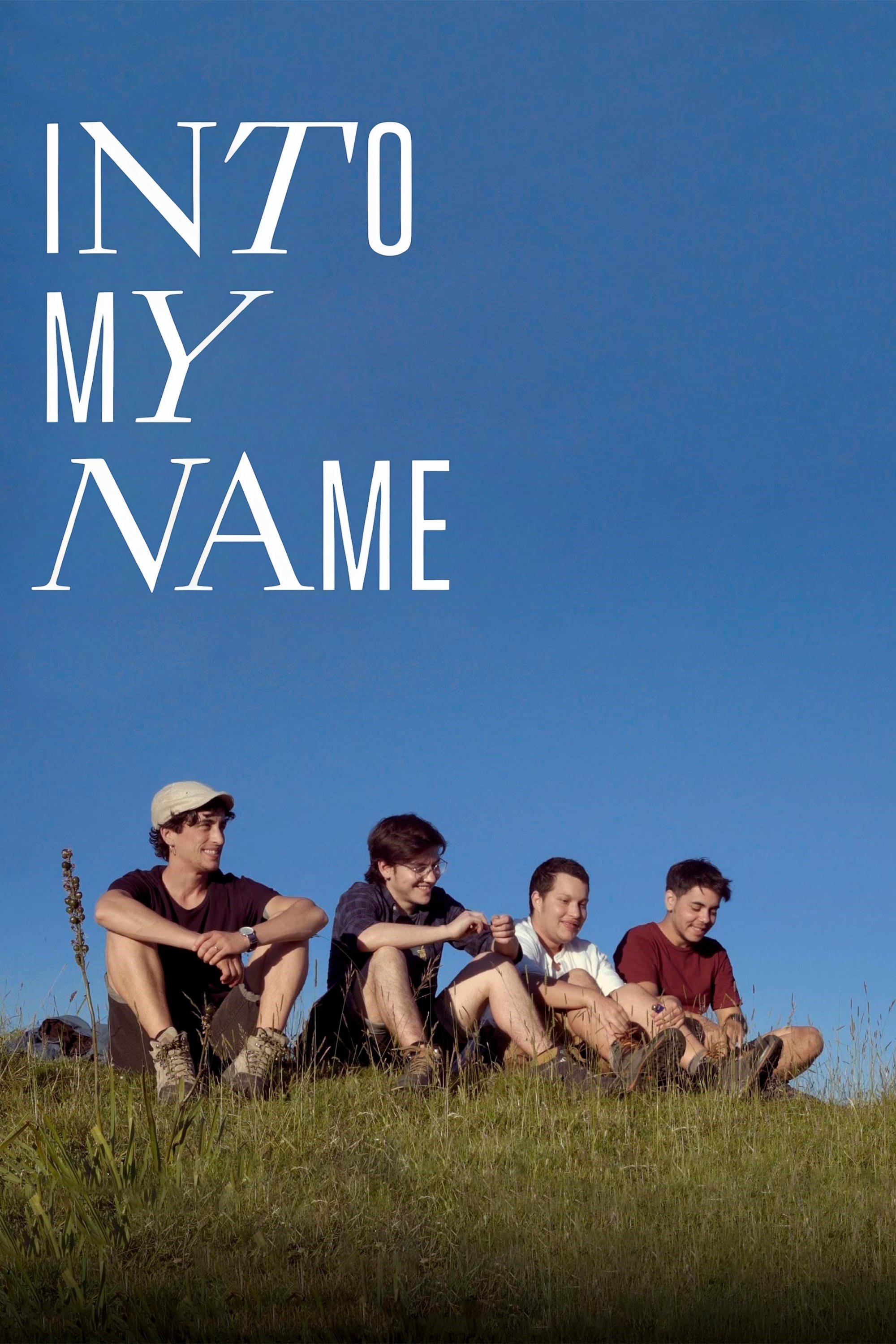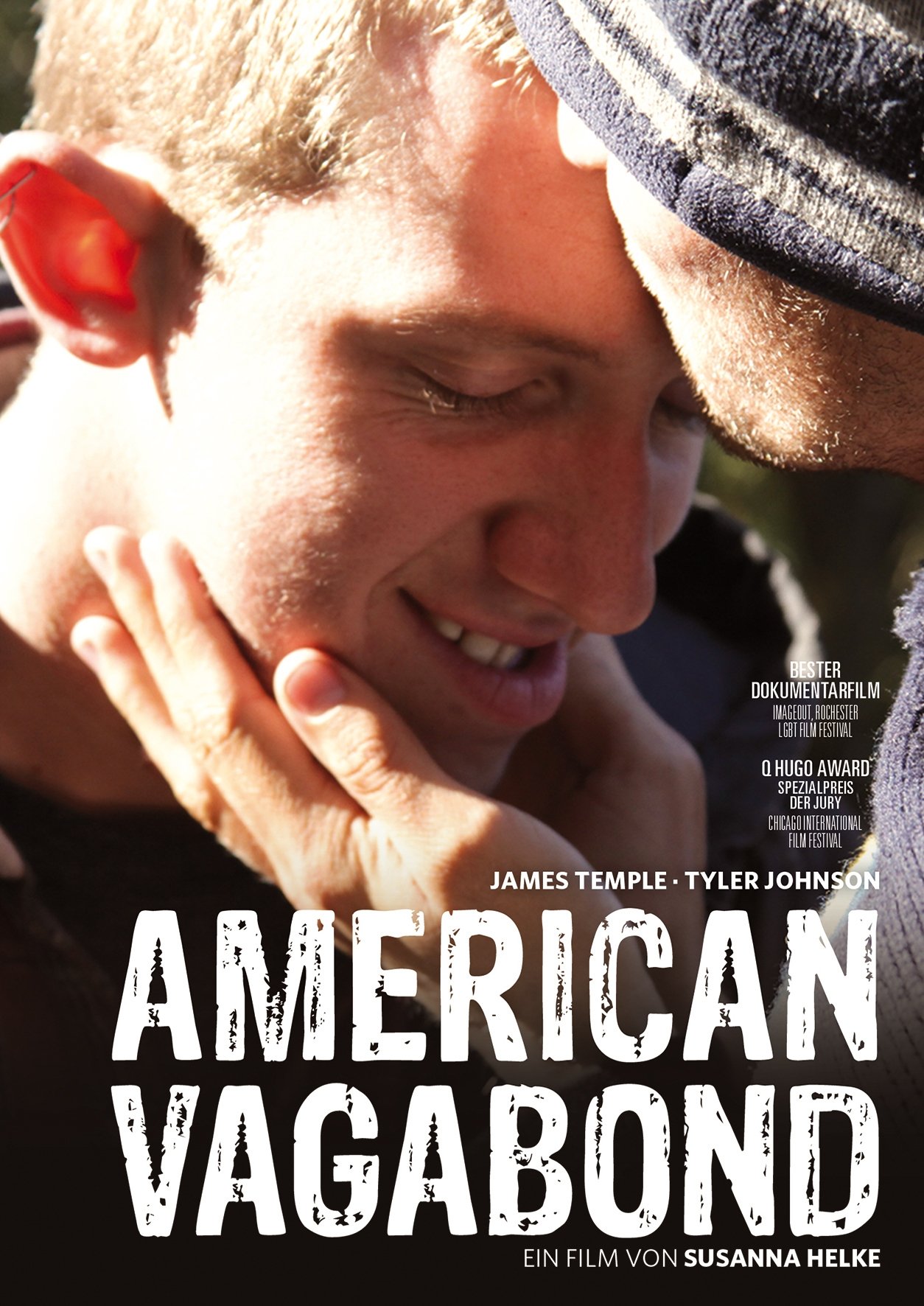
American Vagabond (2013)
Overview
American Vagabond is a documentary film about runaway queer youth living in the shadows of the promised city.
Production Companies
Additional Info
| Budget | $0.00 |
|---|---|
| Revenue | $0.00 |
| Original Language | en |
| Popularity | 0.358 |
Directed By
Susanna Helke
Crew
Susanna Helke
TOP CAST
Similar Movies
Olympia: Part One – Festival of the Nations
Commissioned to make a propaganda film about the 1936 Olympic Games in Germany, director Leni Riefenstahl created a celebration of the human form. This first half of her two-part film opens with a renowned introduction that compares modern Olympians to classical Greek heroes, then goes on to provide thrilling in-the-moment coverage of some of the games' most celebrated moments, including African-American athlete Jesse Owens winning a then-unprecedented four gold medals.
Olympia: Part Two – Festival of Beauty
Commissioned to make a propaganda film about the 1936 Olympic Games in Germany, director Leni Riefenstahl created a celebration of the human form. Where the two-part epic's first half, Festival of the Nations, focused on the international aspects of the 1936 Olympic Games held in Berlin, part two, The Festival of Beauty, concentrates on individual athletes such as equestrians, gymnasts, and swimmers, climaxing with American Glenn Morris' performance in the decathalon and the games' majestic closing ceremonies.
The Last Supper
A documentary of burgeoning popstar Frimann's last gig in Liverpool before moving back home to Norway
Person
Person is a documentary about the life and work of filmmaker Luiz Sérgio Person. The documentary brings the reconstruction of the history of the São Paulo filmmaker through the personal journey of his daughter, Marina. Through interviews with friends, family, and people who worked with Person, she seeks to discover more than dates and biographical data.
Twin Sisters
In 2003, the infant Chinese twin sisters Mia and Alexandra were found in a cardboard box. They ended up in an orphanage and were put up for adoption, at which time the authorities apparently decided that it was a good idea to separate them, and to keep silent about the fact that they were twins. Twin Sisters tells their story from the perspective of both sets of adoptive parents: one from Sacramento, California, the other from a tiny village in picturesque Norway. Through a series of coincidences that they later attribute to fate, the parents meet each other during the adoption procedure in China and launch an investigation that reveals the little girls are sisters.
A Short History of the Highrise
“A Short History of the Highrise” is an interactive documentary that explores the 2,500-year global history of vertical living and issues of social equality in an increasingly urbanized world. The centerpiece of the project is four short films. The first three (“Mud,” “Concrete” and “Glass”) draw on The New York Times's extraordinary visual archives, a repository of millions of photographs that have largely been unseen in decades. Each film is intended to evoke a chapter in a storybook, with rhyming narration and photographs brought to life with intricate animation. The fourth chapter (“Home”) comprises images submitted by the public. The interactive experience incorporates the films and, like a visual accordion, allows viewers to dig deeper into the project’s themes with additional archival materials, text and microgames.
The Hippie Temptation
CBS TV news special hosted by Harry Reasoner explores the way-out world of the Hippies and the Haight-Ashbury psychedelic 1960s LSD scene. Footage of LSDs users experiencing bummer trips. The Diggers, the Oracle and cool street and Golden Gate Park scenes with hippies tripping out. The Grateful Dead are interviewed and are shown performing "Dancin' in the Streets" on a flatbed truck in Golden Gate Park. The Hippie Temptation!
Miraculous Spiral
Water, air, earth, fire, ether. Four different stories that tell and show a reaching out towards immortality. We dedicate the element water to immortality in science, that of air to the immortality of art, that of earth to the immortality of faith and that of fire to the immortality of feelings. Ether, linked to the cosmos and the stars, is a tribute to the film industry.
Undocumented in the Pandemic
With The Marshall Project and the Pulitzer Center, a look at one immigrant mother’s struggle to keep her children safe and housed, with her husband detained by ICE in a facility where COVID is spreading. Also in this two-part hour, Love, Life & the Virus.
Under Snow
In Echigo in Japan the snow often lies several feet deep well into May covering landscape and villages. Over the centuries the inhabitants have organised their lives accordingly. In order to record their very distinctive forms of everyday life, their festivals and religious rituals Ulrike Ottinger journeyed to the mythical snow country – accompanied by two Kabuki performers. Taking the parts of the students Takeo and Mako they follow in the footsteps of Bokushi Suzuki who in the mid-19th century wrote his remarkable book “Snow Country Tales”.
Jack Smith and the Destruction of Atlantis
In this entrancing documentary on performance artist, photographer and underground filmmaker Jack Smith, photographs and rare clips of Smith's performances and films punctuate interviews with artists, critics, friends and foes to create an engaging portrait of the artist. Widely known for his banned queer erotica film Flaming Creatures, Smith was an innovator and firebrand who influenced artists such as Andy Warhol and John Waters.
The Competitors: Russia's Child Prodigies
At the age of seventeen, Irina Chistyakova looks back at an international concert career spanning ten years. Irina is the youngest of the four protagonists of the film Russia's Wonder Children made in 2000. By now seventeen years old, she is going through a drama that many prodigies experience: while they were children, they were able to stun audiences with the contrast of their delicate appearances and precocious talents. Like Irina, Nikita Mndoyants (18), Dmitry Krutogolovy (19), and Elena Kolesnichenko (25), are still showered with praise and distinction. But what price did they have to pay for it?
Comrade, Where Are You Today?
In 1988, 20-year-old Kirsi Marie Liimatainen travels from Finland to the GDR, to study Marxism-Leninism at the International Youth Academy. In summer of´89 the course ends and the students spread out over the world. Afew months later, the Berlin Wall falls. 24 years later Kirsi, sets out on a cinematic journey to Nicaragua, South Africa, Chile, Bolivia, Lebanon, Germany and Finland to meet up once more with her former fellow students. What remains of their dream of the liberation of the oppressed?
Correspondences
Jorge de Sena was forced to leave his country. First he moved to Brazil, and later to the USA. He never returned to Portugal. During his 20-year-long exile, he kept an epistolary correspondence with Sophia de Mello Breyner Andresen. These letters are a testimony of the profound friendship between the two poets, letters of longing and of desire to “fill years of distance with hours of conversation”. Through excerpts and verses, a dialog is established, revealing their divergent opinions but mostly their strong bond, and their efforts to preserve it until their last breaths.
Into My Name
Nic, Leo, Andrea and Raff determine their own gender identities. Each of their gender biographies is different, but the societal barriers to their social, physical and legal changes are the same. Together they are strong.
John Ware Reclaimed
Filmmaker Cheryl Foggo re-examines the story of John Ware, the Black cowboy who settled in Alberta, Canada, prior to the turn of the 20th century.
A Bit Of Scarlet
A Bit of Scarlet excavates clips from Britain's cinema archives to create a moving and humorous testament to the closeted gay and lesbian images from filmmaking's earliest days.
La familia Figueroa: una dinastía musical
Documentary on the life and accomplishments of the members of this uniquely talented musical family. The film focuses on the Figueroa family’s history within the context of its creative universe, dating back to the 19th century. Through the use of photographs, historic film footage, recordings, sheet music, newspaper clippings, and posters, the musical trajectory of the family is brought to life and their role in transforming the musical history of Puerto Rico and the world is portrayed.
